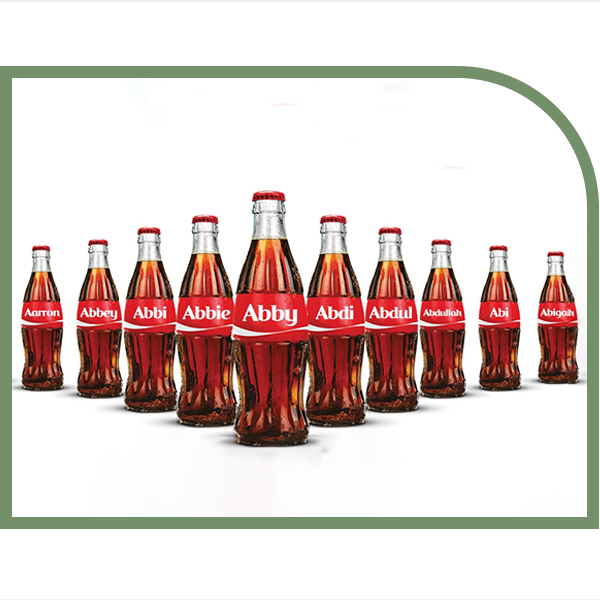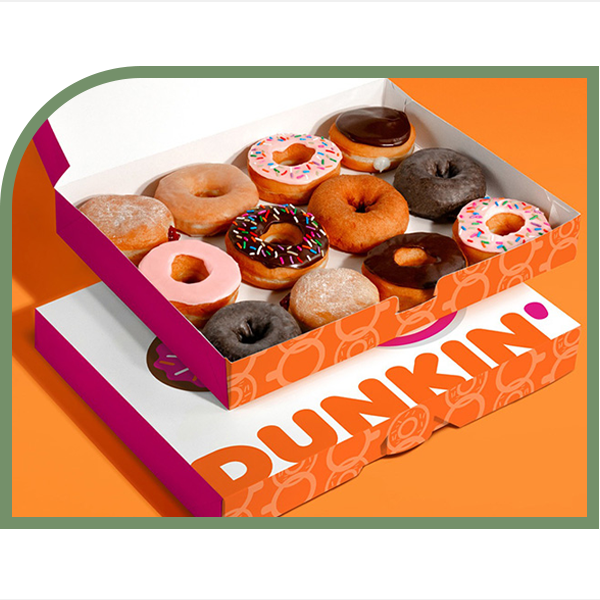

Effective advertisements must have a significant effect on the audience, not confuse the audience with too much information, and convey a short and effective message. In the beginning, several related ads are nesessary to send the main message, and these ads can be designed for different platforms to start an advertising campaign. A successful advertising campaign consists of three stages which can bring wider audiences. These steps are as follows:
Pre-event includes all steps and activities before the event. For example, if it is an opening ceremony, the pre-event include all advertisements in different media before the opening. The event would be the opening itself and includes all promotional activities on the opening day. Finally, all activities after the opening would be post-event phase. Accordingly, effective advertising should include the followings:
Effective advertisements have several categories in terms of type and nature, and a combination of them would bring more audience to the event:
• Paper advertisements
• Paid search advertising
• Social media advertising
• Visual advertising
• Local advertising
• Media advertising (radio/television)
• Outdoor spaces and environments advertising

Nike
Once, this brand was only popular among marathon runners, but due to the trend of being fit and slimming down, under the slogan "just do it", it could find its way among all athletes and ordinary people. The strategy was in response to this question: What is the current problem that this product can solve?
Coca-Cola
In 2011, the brand selected 150 common names and designed its bottles in those names so that people could have a soft drink bottle based on their name or the logo of their university or organization. Also, this brand created a chance in the vending machines that if you didn't get a bottle with your name, so get another one! Since ordinary people are the audience of drink, this trick became very popular


Dunkin donuts and coffee
The company launched a campaign using the hashtag #DunkinAtHome on TV by the character of Rapunzel. To do so, someone came to rescue Rapunzel, but she preferred to stay and eat donuts rather than be saved!
Effective techniques for advertising
1. Effective advertising is based on a series of techniques and tips. The most important ones are summarized as follows:
2. Paying attention to color psychology and composition: The use of color based on proper psychology, font, photo, and design would have maximum efficiency. Gestalt geometry is useful for appropriate composition and is generally based on simplicity, simultaneity, and connection.
3. Paying attention to body language: If advertisements involve figures or people, body language plays a significant role in the appropriateness of the message.
4. Showing behind the scenes adds to brand credibility and integrity: when people know what's behind the scene and who is the design team, they trust more.
5. Creating a logical and relevant relationship between the events in the market or psychologically: For example, washing children's hands with soap after playing sends a message that there is no problem if the children get dirty because it can be solved with soap! This approach requires study and detailed examination of the needs and desires of the audience.
6. Symbolism: Symbolization of the market goal and the surrounding world creates a psychological impression on the audience. An example is detergent soaps that show fragrance using natural elements. Additionally, the creative ad below for a Valentine's Day gift is another example.
7. Personification in advertising elements: For example, the M&M logo has human-like characters that leave a good and pleasant feeling.
8. Using popular trends to transfer the message: For example, a credit card that acknowledges today's busy world for shopping, is in line with people's daily needs.
9. Social evidence: Giving proof in an advertisement makes people consider that element as necessity. For example, badges that are widely used in various businesses would be a creative advertisement for companies.
10. Imagination, fantasies, and legends: For example, the unicorn is always accompanied by a rainbow would be a suitable option for a brand with any of these signs.
11. Promotions: For example, a 20% discount for purchasing more than one hundred dollars or a free ticket for buying 2 or 3 tickets.
12. Finally, to conclude wide range of common marketing techniques in pre-event, event, and the post- event would have maximum efficiency.